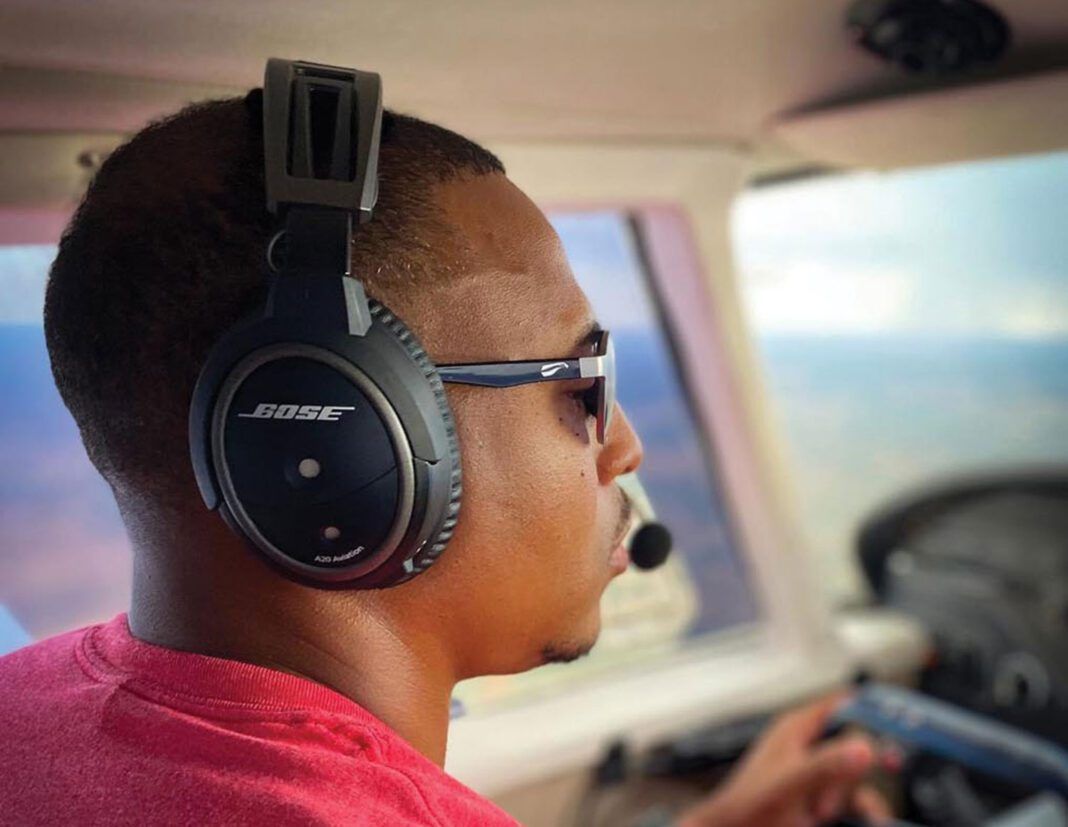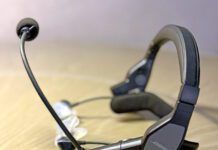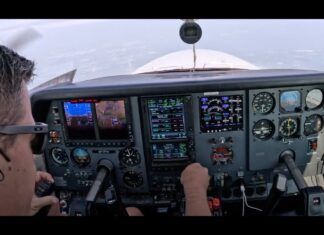Working the busy Bose aviation tradeshow kiosks for nearly 30 years, I learned a lot about the typical headset buyer and why it might be easy to make the wrong purchase. And with flagship models priced we’ll north of $1000, buyer’s remorse is tough to swallow.
But with a little bit of tech savvy, you can get the purchase right the first time. Let’s look at prepping for a good demo, with scenarios of pilots and passengers stepping up from passive headsets to those upgrading from early-gen ANRs.
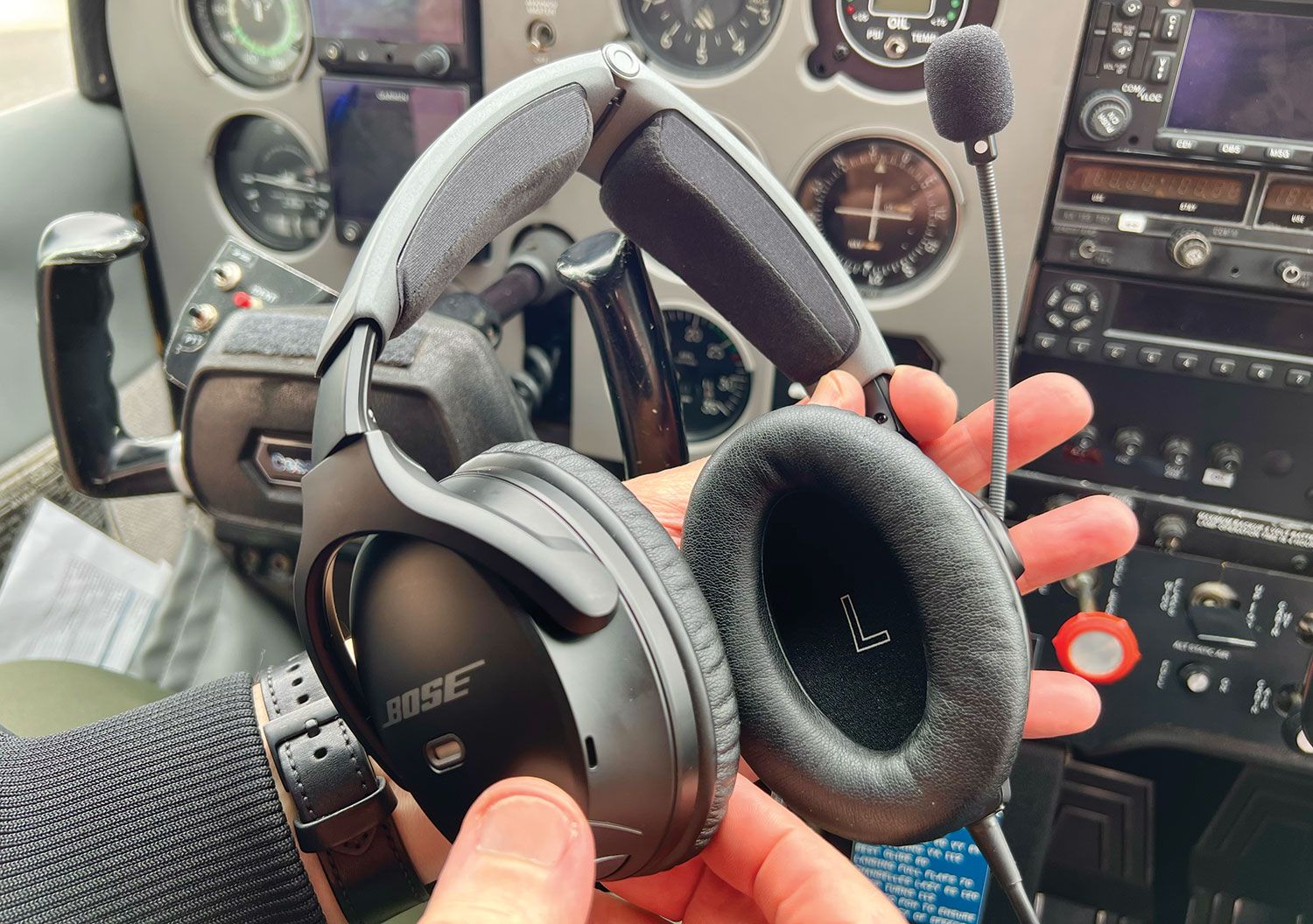
Passive or active noise reduction
To the average buyer, technical specs might be foreign language. Does it matter, and should you buy from specs alone? Don’t overthink it, but do understand some basic theory, starting with PNR, for passive noise reduction. These models might be best for beginners feeling out the sport.
Understand that these basic headsets use ear cups and insulation to block out ambient noise. While cost-effective, this type of headset is typically less comfortable, having a higher weight and tighter clamp. Given that mass and clamping force are the things that most affect passive attenuation, it’s no surprise that this class of headset tends to be higher in both. Given that PNR headsets are significantly less expensive than the higher-end active noise-reduction headsets, these are a good choice for beginners on a budget or perhaps for the occasional passenger.
ANR (active noise reduction) headsets use electronics to cancel external noise actively. Tiny microphones inside and, often, outside the earcup constantly listen to what the user is about to hear. They compare that with what the user wants to hear (either the audio coming up the cable from the intercom or silence if there is no audio present). The processors in the headset then generate a “correction” signal, a 180-degree opposite sound wave, to physically cancel the unwanted noise while preserving the sound you want to hear. Think of it as two people sitting in a rowboat facing one another. Both have oars and row with the same frequency and amplitude (force). The result is that they cancel one another and don’t move anywhere. That’s one way to think about how ANR headsets work. They are highly effective in reducing engine and ambient noise and tend to have a lower clamping force than their passive counterparts. The result is often clearer communications, better speech intelligibility and for higher-end sets, sometimes better comfort thanks to lighter clamping forces.
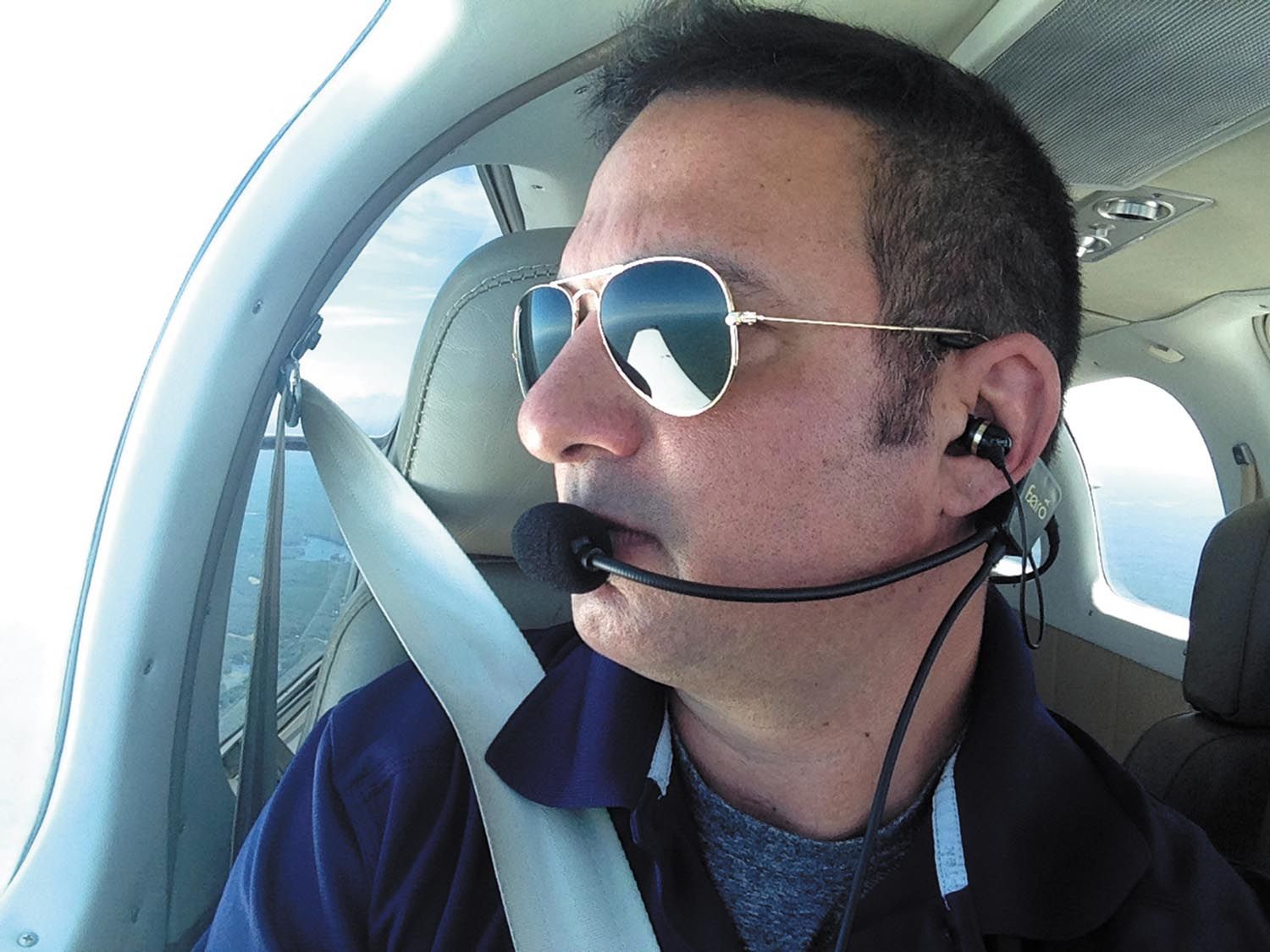
Form factor, connector types
The four form factors you’ll need to choose from are on-ear, around ear, in-ear and earbuds. In-ear headsets sit securely in the bowl of your ear while earbuds need to be pushed into the ear canal.
Form factor can affect overall performance and is a very personal choice. Some pilots I’ve spoken with during demos don’t mind having an earbud in their ear canal, particularly because earbuds are quite light, can deliver good performance and won’t mess up a hairstyle. Still, others have said they simply can’t tolerate something in their ear canal and opt for on-ear or around-the-ear configurations. If you’re flying a piston-engine aircraft, around-the-ear models are the most popular option as these headsets generally provide the greatest levels of noise reduction, though earbuds from companies like Clarity Aloft and Faro also do a good job of reducing unwanted noise.
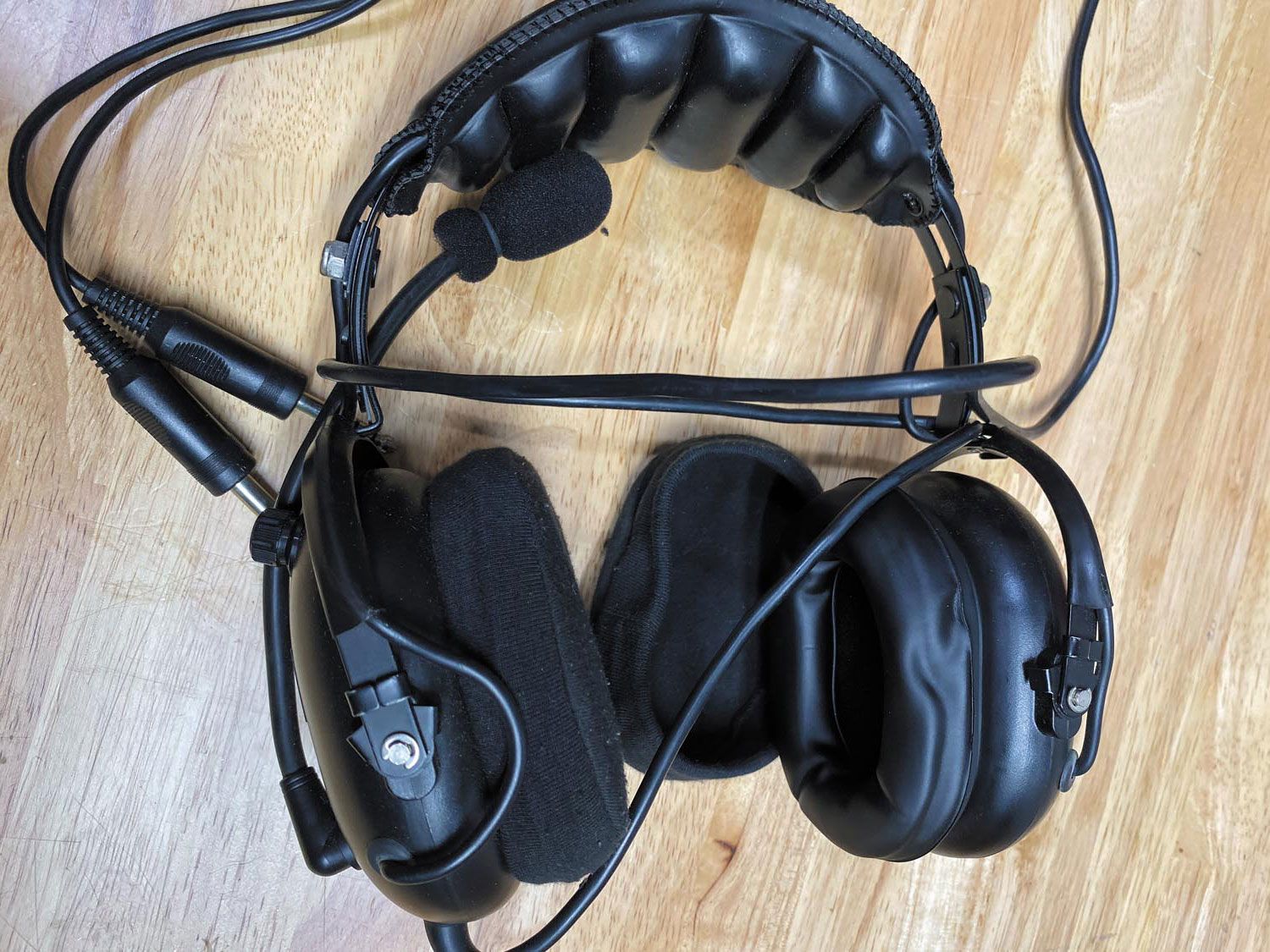
Many buyers don’t consider that headsets come with a variety of connector types, and this is especially important to consider when buying used headsets.
The right type is partly determined by the intercom you’ll plug into. Luckily, connector configurations can typically be changed with the use of a third-party adapter, which is the least expensive option. You can also change the connector on some headsets by swapping out the entire cable (often called the downcable) with the one of your choice.
Most pilots I’ve worked with on demos use the ubiquitous twin plug connector (also known as GA connectors). This configuration requires batteries to operate the noise reduction circuitry and Bluetooth feature, though most will maintain communication capability if battery power is lost.
If you own your own plane, having a panel-powered headset (using ship’s voltage) provides the convenience of not having to deal with batteries. Models from Bose, David Clark, Lightspeed and others offer this six-pin Lemo configuration. They also provide the option of loading batteries in the control module, which allows the user to disconnect from the intercom and still maintain noise cancellation and Bluetooth functionality.
Last, U174 and XLR connectors are more specialized ones typically used in helicopters and some Airbus (and other) commercial aircraft. The U174 is powered by batteries while the five-pin XLR can operate either on batteries or through ship’s power.
Stereo, mono or both
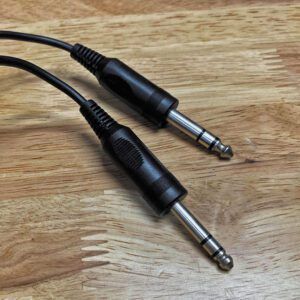
Most higher-end ANR headsets from Bose, David Clark, Lightspeed and others can be adjusted between mono or stereo, though some make it easier than others to access the mode switch. It starts by knowing whether your aircraft is equipped with a stereo intercom and whether the aircraft’s audio jacks are stereo or mono. If the headset is set to the wrong setting for your intercom, you might experience audio coming from only one year. Know your settings, and decide on the type of audio experience you want.
Traditional aviation intercoms use mono audio, while more modern systems from companies like PS Engineering and Garmin and others have long since moved to stereo for its more immersive audio experience and for the potential to offer features like spatial audio—which is the ability to position audio sources in different locations. To make use of spatial audio functions, you’ll need a stereo headset. Consider which headsets you’ll use when purchasing a new audio panel.
Even without an audio panel that has spatial audio, stereo headsets provide a more immersive audio experience, especially during long flights. Listen to Bluetooth music or SXM satellite radio in the cabin? Stereo headsets are the best match.
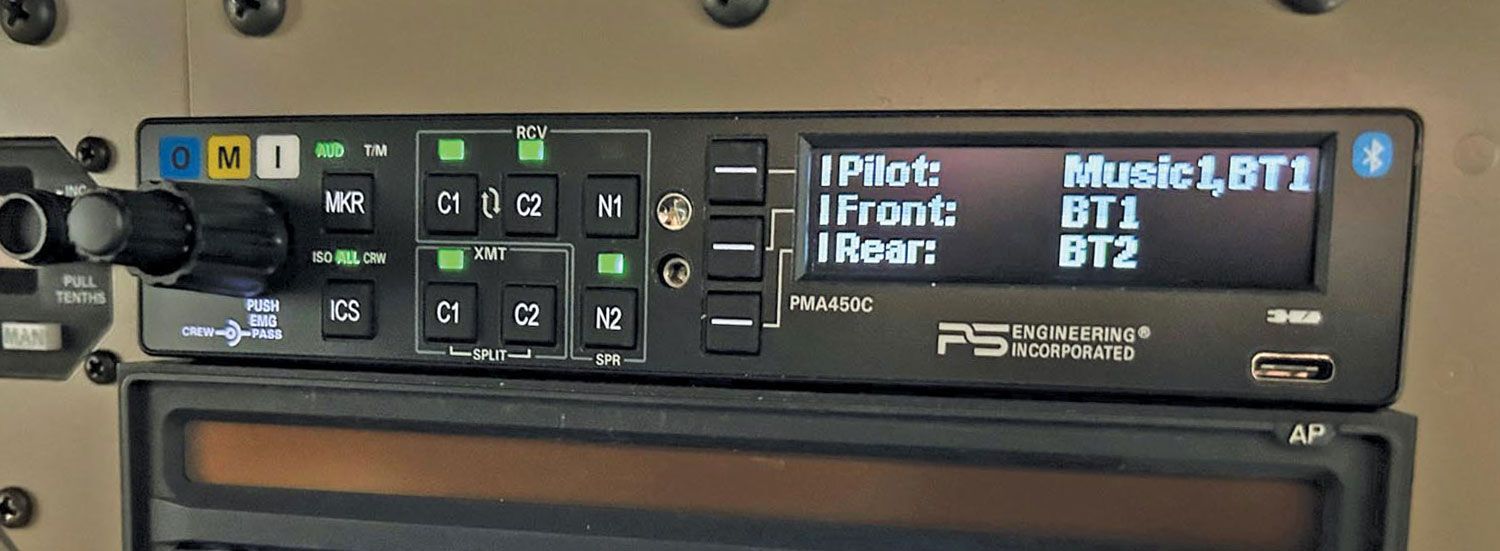
Weight, comfort, specs
Here’s where it gets tricky, and why you simply need to try the headset before you buy it. Consider the weight, clamping and padding of the headset, and as you’re trying it on, ask yourself if you can comfortably wear it for long periods of time. Pilots often told me that the comfort and reduced exposure to loud, low-frequency noise helped reduce their fatigue. And for that reason, buyers consistently indicated that comfort is the most important criteria for them. If it’s not comfortable, a pilot (or passenger) is not going to wear it and this is a setup for buyer’s remorse.
At Bose we felt you shouldn’t have to substitute one pain for another. In other words, you shouldn’t have to have your head in a vice to be in a more quiet environment. With the current crop of ANR headsets, there are several good options to consider, including noise reduction performance.
I was often asked about how much noise our headsets attenuated. While I understood why pilots look for the convenience of a single number (a specification), I could not in good conscience give them one. This isn’t because I was trying to hide anything, but because specs can be, and sometimes are, misleading. If I said headset A gives you 24 dB of noise reduction and headset B gives you 25 dB, what does that mean? Is that a noticeable difference?
There is variation in how companies test headsets and in how they report those results. For example, as companies test their headsets, they will get various results along the frequency spectrum—5 dB of noise reduction at one frequency, 12 dB in another and maybe 25 dB in yet another. If they were to report that their headset delivered 25 dB of noise reduction, they wouldn’t be lying to you. But they wouldn’t be providing an accurate representation of how the headset performs, either.
Numerous factors affect how a headset performs in the real world. The size and shape of the head, how much hair is on it, the thickness of the earpieces on eyeglasses, ball caps and even the kind of aircraft the headset are all factors in performance.
Evaluate the comfort features carefully, including ear cushions, headband padding and the overall ergonomic design. Other than the seat, the headset is the only thing in the aircraft that will have physical contact with you. Again, if it isn’t comfortable, you’re not going to wear it.
Adjustable headbands and rotating ear cups contribute to a customized and comfortable fit.
Bluetooth
Many headsets offer wireless Bluetooth capabilities, allowing pilots and passengers to connect to external devices such as smartphones or tablets. When it comes down to it, the intent of this feature is not so you can make phone calls at altitude, but more for convenience when you’re on the ground—perhaps to call for a weather update, get a clearance at an uncontrolled field or call home before you depart without having to remove your headset.
Bluetooth headsets also allow passengers to use tablets to keep themselves entertained during the flight. However, know that using Bluetooth will drain batteries much faster than if you didn’t use it. Consider, too, whether the headset has volume controls for adjusting the Bluetooth. Some sets do and others don’t. While you’re at it, examine the ergos of the headset’s control module during the demo. Does it fit we’ll in the hand or is it large and bulky? Does it seem to have lots of confusing controls? For many, simple is better.
Audio clarity, batteries
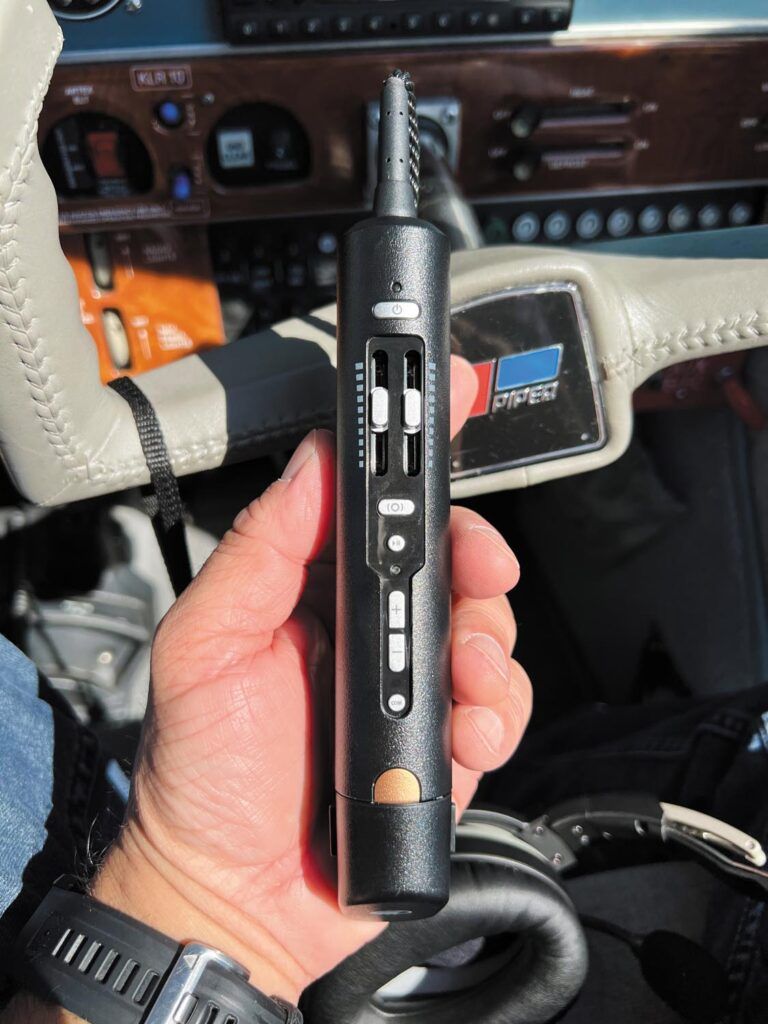
Clarity in communication is vital. Look for headsets with clear audio transmission and reception capabilities. While rich, full-sounding audio is something we all like to hear, keep in mind that the primary function of the headset is to facilitate communication. As such, speech intelligibility should be the primary focus, not whether Bruno Mars sounds good through the headsets.
Consider headsets with adjustable volume and sidetone adjustment for personalized audio settings. Sidetone lets you hear yourself as you speak and provides a more natural experience. One note about features: I have personally never been a big fan of headsets that give you lots of ways to interact with them. While it is tempting for manufacturers to give you more and more features, you’ll need to strike a balance between what features are important to you and which ones you simply don’t need. Your headset should simply work once you put it on and not be a distraction from flying the plane.
For ANR headsets, check the battery life and whether the headset can operate in a passive mode if the batteries run down. Most ANR headsets offer this capability, but you should confirm that they do.
Plus, know that battery life is affected by how loud the cabin environment is, how we’ll the headset fits the head and how much you use Bluetooth, among other things. The manufacturer’s spec is an average number based on typical use.
Some headsets come with rechargeable batteries, while others use disposable batteries. Consider your preference, the availability of replacements and how practical it is to recharge them for longer flights.
One option is to have your shop install panel power—something that should be considered during avionics upgrades when the panel is opened up. It could add several hours worth of labor.
About that TSO
There has been a lot of talk about FAA TSOs recently. Is it required for a headset? Does it mean a headset is better? For most GA pilots, TSO certification is not required. If you’re flying for an airline or other commercial operator, TSO’d equipment is increasingly important because it establishes that a product meets minimum performance standards for a variety of things, like flammability and resistance to radiated emissions, to name two factors. It also has implications for manufacturing, quality control systems and records retention. Obtaining TSO certification is quite costly and complex for the manufacturer, so one could construe a TSO as an indication that the manufacturer has committed to taking extra steps.
But know that a headset is not necessarily better simply because it has a TSO. If you need a headset that has TSO certification, be aware that a product that “meets the TSO standard” is not the same as one that has TSO certification.
Also, consider the warranty. Ask where you will need to send the headset for repair. Who covers shipping to and from the repair center? What is the typical turnaround time? What about after the warranty expires? Is there a flat rate cost for repairs?
Demos: be skeptical
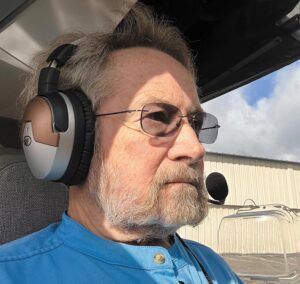
Another thing to consider is that the on-ground demo you get from any company at a tradeshow is going to be a good one. Virtually all headsets will feel reasonably comfortable for the few minutes you wear them during a demo. And each company will make their claims about being the best at this or that.
When I was giving Bose demos, I always advised customers to not believe any of us and to fly with the headset in their own plane. Each pilot has their unique requirements and each plane will have its own unique peculiarities. And while it will take an hour or longer for you to understand how a headset really feels on the head, it will probably only take one takeoff and landing for you to know whether the headset is right for you. For this reason, the best way to try any headset is to fly with it in your own aircraft.
Wrap it up
The current crop of headsets offers better performance and a wider variety of features and form factors than ever. While this is a good thing, it can also make choosing the right headset challenging. The decision is quite personal and the headset that’s great for your friend may not be right for you.
Comfort, noise cancellation, audio quality, speech intelligibility, battery life, company reputation and warranty are some of the things you should consider, along with knowing what your budget constraints are. Above all else, make sure to fly with the headset in your plane, as there is no better way to evaluate any company’s headset.
Remember, the ideal aviation headset is the one that enhances your flying experience and ensures a seamless and enjoyable journey through the skies. That’s surely better than spending big on a model that never gets worn.

